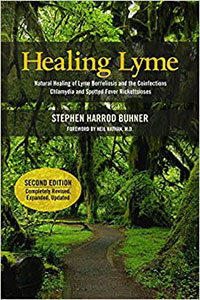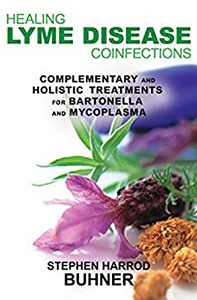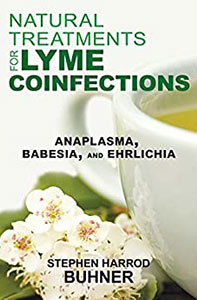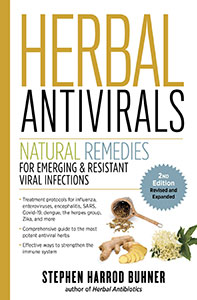Dear Stephen,
I am a 39 year old woman who has tick infections that are supposedly hybriding for 20 years…I have been on every babesia medication which help temporarily, and then infections seem to override the medications after a while. I have been on cryptolepis for one year for breathing difficulty. Tests show through VEGA that it is treating a bacterial infection in my left lung. I will die if I don’t take the cryptolepis, (I can’t breathe and have complete exhaustion without it)..that’s how sick I am. Just recently after doing IRT (immune response training, which has helped up until now) my breathing got worse, and now through VEGA testing, my body is now calling to add artemisinin again to my existing treatment (no more lyme disease is showing).
Can I mix both herbs simultaneously? Can you give me any ideas as to what infections these herbs could help for the lung besides babesia so I can have them work on it at IRT? Also, should I have any blood test done on specific organs since I’ve been taking more than 1 1/2 tsp of cryptolepis for over a year? Thanks and God bless.
Stephen’s response:
Yes, you can take both herbs at the same time, however I feel some caution with artemisinin is warranted as it is an isolated material, not a whole herb. For long term use I prefer the whole herb Artemisia annua. These herbs can treat a great many different types of bacteria. Please see my book Herbal Antibiotics (book link below) for specifics.
I am not aware of any side effects from the use of cryptolepis, however most traditional use has been of limited duration as has most trial studies on the herb. The physical impacts of the long term use of cryptolepis are unknown. I generally prefer limiting its use to 3 months at large doses, 6 months at lower doses.
Stephen
-
Stephen Harrod Buhner was an Earth poet and an award-winning author of twenty-four books on nature, indigenous cultures, the environment, and herbal medicine including the acclaimed book Healing Lyme: Natural Healing & Prevention of Lyme Borreliosis & Its Co-infections.
Stephen came from a long line of healers including Leroy Burney, Surgeon General of the United States under Eisenhower and Kennedy, and Elizabeth Lusterheide, a midwife and herbalist who worked in rural Indiana in the early nineteenth century. The greatest influence on his work, however, was his great-grandfather C.G. Harrod who primarily used botanical medicines, also in rural Indiana, when he began his work as a physician in 1911.
Stephen’s work has appeared or been profiled in publications throughout North America and Europe including Common Boundary, Apotheosis, Shaman’s Drum, The New York Times, CNN, and Good Morning America. Stephen lectured yearly throughout the United States on herbal medicine, the sacredness of plants, the intelligence of Nature, and the states of mind necessary for successful habitation of Earth.
He was a tireless advocate for the reincorporation of the exploratory artist, independent scholar, amateur naturalist, and citizen scientist in American society – especially as a counterweight to the influence of corporate science and technology.
View all posts













0 Comments